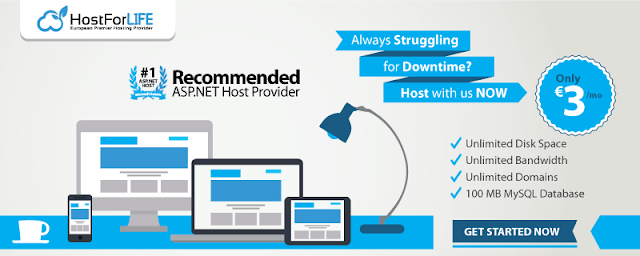Ever wonder how information is transferred across databases? Assume that your data is dispersed over several locations, file types, database types, and platforms. How can we organize everything, tidy everything up, and place it where it belongs? SQL Server Integration Services (SSIS) are useful in this situation.
SSIS: What is it?
SQL Server Integration Services is referred to as SSIS. It is a component of the potent database management system Microsoft SQL Server. Data handling is one of its main uses. SSIS, however, is about ensuring that data moves seamlessly from one location to another, not just storing it. It is a powerful part of Microsoft SQL Server that is made especially to handle difficult data transformation and integration jobs. Fundamentally, SSIS is a framework for developing enterprise-level data loading, cleansing, and movement solutions. It is an improved version of the outdated data transformation tool that came with SQL Server, called DTS (Data Transformation Services).
The main tasks of SSIS
Although SSIS can pretty much do anything about data, it is mainly good at the following tasks:
Extracting Data: SSIS acts as a data gatherer, capable of extracting information from diverse sources such as XML files, flat files, relational databases, and even web services. This feature enables users to consolidate data scattered across multiple platforms into a unified repository.
Transforming Data: Once data is extracted, SSIS converts it into a more usable and meaningful format. This conversion process involves activities like data cleansing, validation, aggregation, and enrichment. SSIS provides a plethora of built-in transformations, allowing users to manipulate data according to their specific requirements.
Loading Data: After transformation, SSIS efficiently loads the processed data into one or more destination targets, such as data warehouses, databases, or reporting systems. This loading capability ensures that data is seamlessly transferred to its intended destination, ready for analysis and decision-making.
Managing SQL Server Objects: In addition to data integration and transformation, SSIS offers functionalities for managing SQL Server objects and data. Users can perform tasks such as executing SQL queries, creating and modifying database objects, and automating administrative processes within the SQL Server environment.
Some useful features of SSIS
The following are some useful features of SSIS:
Built-in Tasks and Transformations: SSIS provides a rich set of pre-built tasks and transformations, ranging from simple file operations to complex data manipulations. These built-in components ease the development process and increase the speed of the implementation of data workflows.
Graphical Tools: One of the standout features of SSIS is its simple graphical interface, which allows users to design data integration workflows visually. With drag-and-drop functionality, users can effortlessly create SSIS packages with data flows, control flows, etc. without the need for extensive coding.
SSIS Catalog Database: The SSIS Catalog database serves as a central repository for storing, running, and managing SSIS packages. It provides a unified environment for package deployment, execution monitoring, and version control, enhancing the overall manageability of SSIS solutions.
Programmability: For advanced users and developers, SSIS offers extensive programmability through its object model and scripting capabilities. Users can leverage .NET programming languages such as C# and VB.NET to customize SSIS packages and automate complex data integration tasks using scripts.
The installation process of SQL Server Integration Services
SQL Server Integration Services is typically installed as part of the SQL Server setup process. During installation, ensure that the Integration Services feature is selected to include SSIS components.
If you are installing SQL Server from scratch, then while installing SQL Server, follow the below steps to install SSIS-
- Select Features: On the feature selection page, locate and select "Integration Services" from the list of available features. This will include SQL Server Integration Services as a part of the SQL Server installation.
- SSIS Instance Configuration: While installing, if you select to install a named instance, you will need to configure the instance name and instance ID for SQL Server Integration Services. You can either accept the default values or provide a name for the SQL Server Integration Services instance.
- Installation Path: You can either choose the default installation directory or specify a custom installation path for SQL Server Integration Services.
- Configure Service Accounts: You can either use the default service accounts or specify custom accounts based on your organization's security policies.
- Installation Progress: Review the installation summary and make sure that the selected features and configuration are correct. After ensuring, proceed with the installation. After installation is complete, you will receive a confirmation message stating the successful installation of SQL Server Integration Services.
- Verify Installation: Open SQL Server Management Studio (SSMS) and verify that the SQL Server Integration Services service is listed under "Services" in the Object Explorer and that you are done with the installation process.
SQL Server Integration Services (SSIS) is a versatile tool that empowers users to tackle data integration and transformation challenges with confidence. Whether you're a data analyst, a business intelligence professional, or a database administrator, SSIS provides the tools and capabilities to streamline your data workflows and unlock valuable insights.




0 comments:
Post a Comment